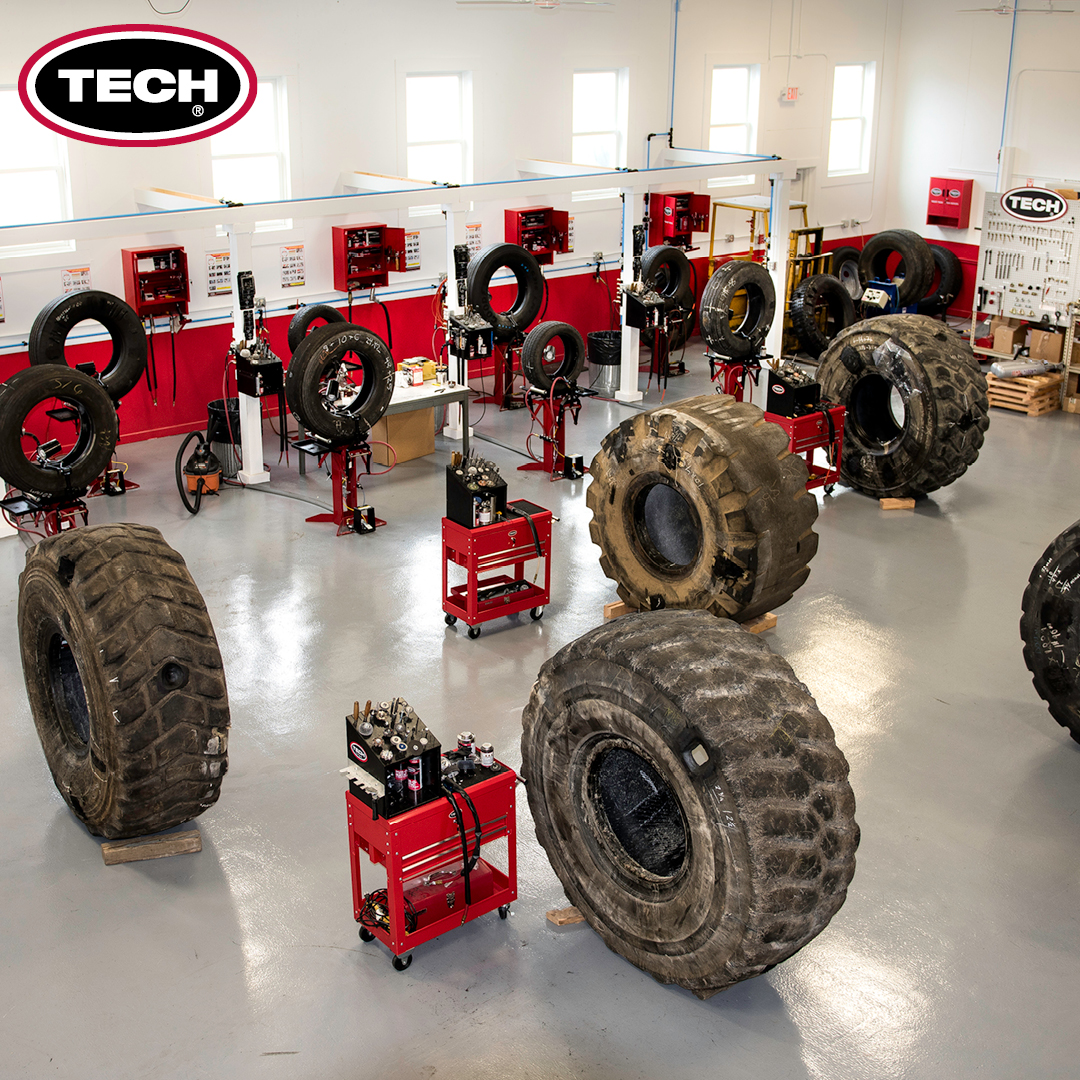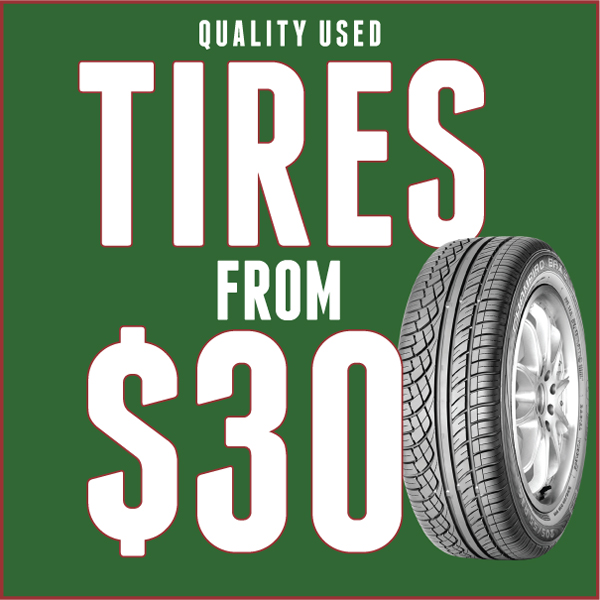The Science Behind Tire Repair and Safety
When it pertains to the intricate world of tire upkeep and safety and security, there exists a realm of science that typically continues to be unseen by the ordinary vehicle driver - discount tires morris il. The materials that compose a tire, the effect of tire stress on total safety and security, the implications of walk wear, the complex characteristics of tire grip, and the often-overlooked relevance of correct wheel placement all play vital functions in guaranteeing an automobile runs safely and effectively. As we browse via the intricacies of tire repair and safety and security, it becomes obvious that a much deeper understanding of these clinical concepts is not just valuable yet crucial for every single chauffeur on the roadway
Tire Make-up and Performance
What products make up the composition of tires, and exactly how do these components contribute to their functionality on the road? Steel cables are incorporated to improve the tire's toughness and help it preserve its shape under different roadway problems.
The rubber compounds supply hold and grip, enabling the tire to stick to the road surface and provide security throughout velocity, stopping, and cornering. Generally, the careful selection and combination of these products ensure that tires can carry out successfully and securely on different road surfaces and conditions.
Influence of Tire Stress on Safety
On the various other hand, overinflated tires have much less contact with the roadway surface area, reducing grip and causing irregular wear on the tire footsteps. Effectively inflated tires likewise play a vital function in gas effectiveness, as underinflated tires can boost rolling resistance, leading to decreased gas mileage. On a regular basis checking and maintaining the right tire pressure not only makes sure security but additionally expands the life expectancy of the tires, saving on substitute costs in the long run.
Tread Wear and Its Effects
Proper monitoring of tire step wear is critical for ensuring ideal efficiency and security when driving. As tires wear down, the deepness of the tread lessens, reducing the tire's ability to preserve traction, especially in wet or unsafe conditions. The tread pattern and deepness play an essential role in carrying water far from the tire to avoid hydroplaning and maintaining grip on the road surface area.
Unequal wear might suggest issues with tire suspension, placement, or rising cost of living elements. Wear indicators are built right into the tire step and come to be visible when the tread deepness gets to a specific low factor, showing the demand for instant replacement.

Comprehending Tire Grip Characteristics
Keeping an eye on tire tread wear not only makes sure optimum efficiency and safety however additionally directly impacts the traction dynamics of the tires on various road surface areas. Tire grip is a critical element of lorry handling and safety, as it figures out the hold in between the tires and the roadway. Grip characteristics differ relying on roadway conditions such as dry pavement, wet roads, snow, or ice.

Comprehending tire grip characteristics is crucial for drivers to adapt their driving actions according to the road conditions. morris tire service. Frequently inspecting tire walk deepness and condition can substantially improve traction efficiency, making certain safer driving experiences across different surface areas
Value of Appropriate Wheel Placement
Guaranteeing correct wheel placement plays an important duty in maximizing lorry performance and expanding tire durability. Appropriate wheel positioning entails readjusting the angles of the wheels to manufacturer specs, making certain that they are vertical to the ground and parallel to each other. When placement is off, it can result in irregular tire wear, lowered fuel effectiveness, and compromised handling.
One of the crucial advantages of maintaining proper wheel placement is improved handling and stability. Misaligned wheels can trigger the vehicle to pull away, affecting steering control and overall driving experience. Additionally, right placement helpful site advertises also tire wear, stopping premature tire replacement and saving on maintenance costs in the future.

Conclusion
In conclusion, the scientific research behind tire repair service and safety and security is crucial for preserving car efficiency and ensuring motorist safety. By understanding tire structure, stress, walk wear, grip characteristics, and wheel alignment, vehicle drivers can protect against accidents and lengthen the life-span of their tires.
The materials that make up a tire, the impact of tire pressure on total safety and security, the implications of walk wear, the detailed characteristics of tire grip, and the often-overlooked significance of appropriate wheel positioning all play important roles in ensuring a lorry operates securely and efficiently. On the other hand, overinflated tires have less contact with the road surface area, decreasing traction and causing uneven wear on the tire treads. On a regular basis examining and preserving the right tire stress not only makes sure security yet likewise prolongs the life expectancy of the tires, conserving on replacement expenses in the long run.
Checking tire tread wear not only guarantees optimum efficiency and safety and security but likewise directly affects the grip characteristics of the tires on various roadway surface areas. Tire traction is a critical element of car handling and safety, as it establishes the grasp in between the tires and the road.